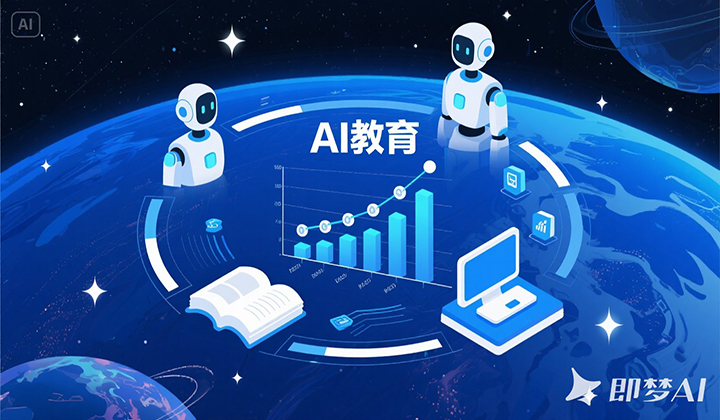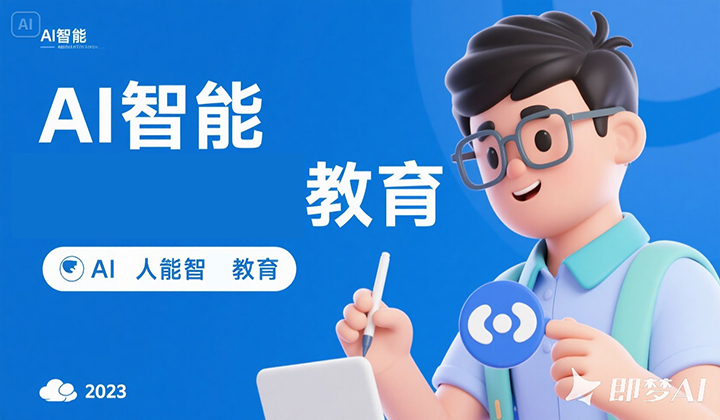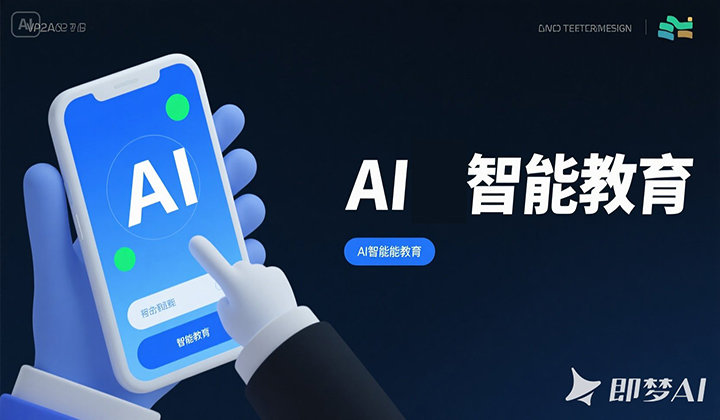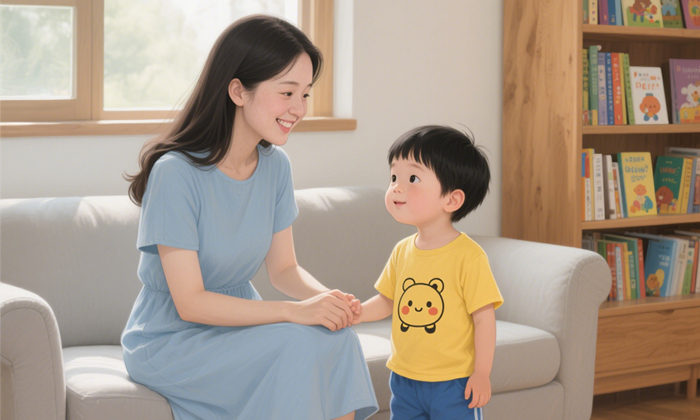AI Empowered Education: A New Paradigm for Future Learning
When artificial intelligence meets education, a silent revolution is happening. From precise planning of personalized learning paths to intelligent generation of teaching resources, from the infinite possibilities of virtual laboratories to the substantial promotion of educational equity, AI is reshaping the genes of education with its "invisible hand", promoting learning from "standardization" to "customization", and from "knowledge imparting" to "ability building".
1、 Technological Refactoring Scenarios: From "Industrial Education" to "Personalized Learning"
The traditional education model is like "assembly line production" - unified textbooks, fixed schedules, and standardized assessments. And the intervention of AI has broken this rigid structure.
Dynamic Knowledge Graph: A high school in Shanghai has introduced an AI system that analyzes students' answer data, generates a real-time map of personal knowledge weaknesses, and recommends targeted exercises. The results showed that the average score improvement rate of students in mathematics increased by 37%, and the consolidation time of wrong questions decreased by 60%.
Virtual Teacher Assistant: The "AI Mentor" developed by NetDragon can simulate the questioning logic of a real teacher, engage in multiple rounds of dialogue with students in English classes, correct grammar errors, and adjust teaching difficulty. Through this method, students in remote areas are exposed to one-on-one oral practice for the first time.
Gamified learning: American educational institution DragonBox integrates AI into mathematics teaching, dynamically adjusting the difficulty of levels to enable students to master algebraic thinking while solving puzzles. After more than 2 million students worldwide participated, their interest in mathematics increased by 58%.
These practices demonstrate that AI is not a replacement for teachers, but rather a "super assistant" that makes personalized education possible on a large scale.
2、 Breaking through resource barriers and promoting fairness and inclusiveness: Technology bridging the education gap
AI is rewriting the allocation rules of educational resources.
The 'digital twin' of rural classrooms: Yunnan mountainous schools have real-time access to Beijing's prestigious classrooms through 5G+AI live streaming systems. AI automatically recognizes students' confused expressions, triggers remote teachers to answer questions, and enables high-quality teachers to break through geographical limitations.
The "Perception Revolution" in Special Education: Targeting hearing-impaired students, iFlytek's "AI Sign Language Translation" system can translate teacher speech into sign language animations in real time with an accuracy rate of 95%; Visually impaired students use AI voice to describe images and "see" the dynamic process of cell division in science class.
Low cost and high value: Khan Academy utilizes AI to analyze global student learning data and automatically generate teaching content suitable for different cultural backgrounds. A student from a Pakistani village was able to learn programming courses synchronized with Silicon Valley children through their mobile phones.
Technology has dissolved the limitations of physical space and economic conditions, allowing 'education without discrimination' to move from ideal to reality.
3、 Ethical questioning and future challenges: the boundary of technology towards goodness
The rapid development of AI education has also raised deep concerns.
Data privacy crisis: The AI evaluation system of a certain education bureau once sparked protests from parents due to the unencrypted storage of students' biometric data. How to balance personalized services and privacy protection has become an urgent problem to be solved.
Hidden bias in algorithms: An AI essay grading tool in the United States has been found to have low text ratings for minority students due to a high proportion of white writers in its training data. The neutrality of technology masks potential unfairness.
Dilution of humanistic literacy: When AI can write essays and answer all questions on behalf of students, they may become 'instruction executors'. A study by Stanford University shows that students who overly rely on AI tutoring score 13% lower on critical thinking tests compared to their peers.
4、 Moving towards a new educational ecosystem of "human-machine collaboration"
Future education should not be a confrontation between technology and people, but should build a collaborative paradigm of "AI+teacher+student".
Teacher role evolution: Beijing Normal University trains "AI collaborative teachers" to excel in designing interdisciplinary projects, with AI handling repetitive teaching tasks and human teachers focusing on stimulating creativity.
Policy and ethical framework: The EU's "Guidelines for the Application of Artificial Intelligence in Education" require AI tools to provide decision-making basis, while China restricts the collection of facial recognition data from minors through the "Law on the Protection of Minors".
Practice of Technology for Good: Andela, an African education platform, matches mentors (industry experts) with students through AI to help young people learn programming skills for free, while also providing talent for enterprises, forming a virtuous cycle.
conclusion
AI is not the 'terminator' of education, but the 'enabler'. When technology returns to its instrumental nature and deeply integrates with humanistic care and the essence of education, the ideal of "teaching students according to their aptitude" can truly be achieved. In the future education landscape, machines are responsible for efficiency and precision, while humans transmit temperature and wisdom - perhaps this is the original intention that education should adhere to in the era of technological change.














